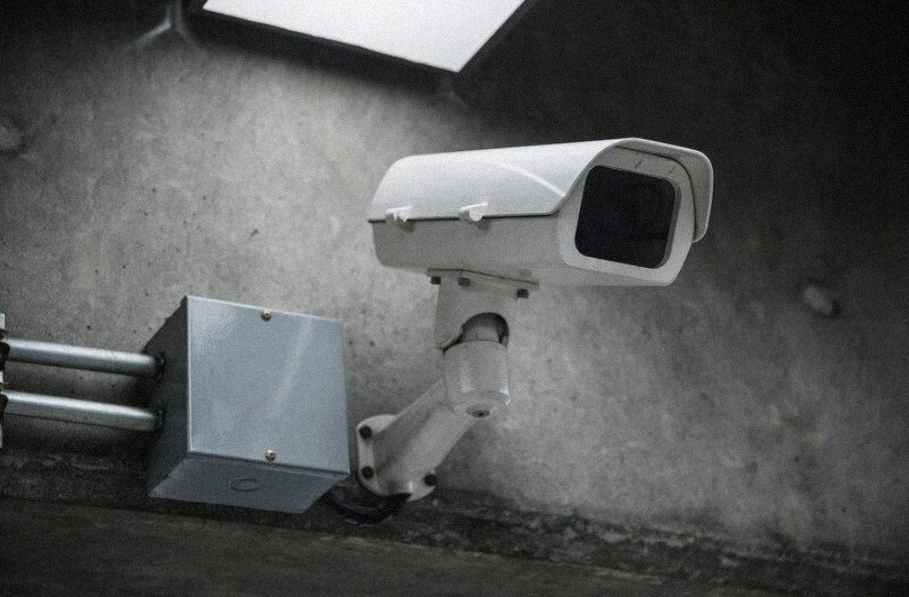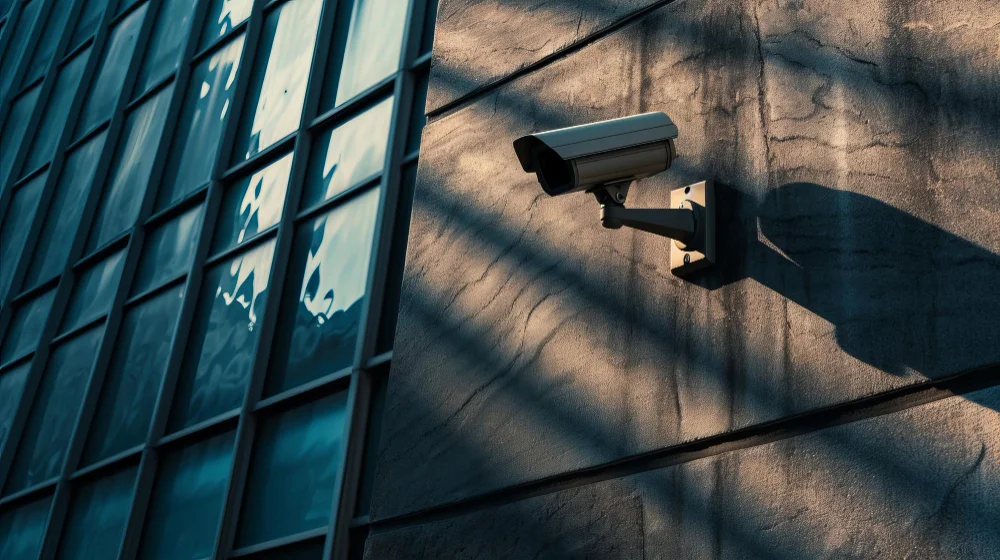
In the busy environment with many cases of rising security concerns and the fast-paced advancement of technologies, as it is now, it cannot be over-emphasized how critical surveillance is to the risk and situation assessments for any security company. Meanwhile, these private firms have remained a symbol of security and protection to local people and clients as well as public areas and spaces that use technological tools to conduct their various surveillance operations. In this comprehensive guide, we are going to talk about the evolution of surveillance and the involvement of security surveillance companies in providing security, thereby ensuring smooth and safe movements of citizens.
1. The Evolution of Security Surveillance:
– The road towards modern Security surveillance has been paved with different transition processes of the technology. It has gone from the analog CCTV type to the advanced and network-based digital solutions. The first video surveillance systems relied on analog cameras and VCRs for recording footage and storing information remotely; this meant that it was impossible to get real-time alerts and store large amounts of data. Nevertheless, the continuous improvement of technology nowadays has propelled the construction of unbelievable surveillance systems that provide superior resolution, remote accessibility, smart analytics, and support of other security systems, hence resulting in vast coverage.
2. The Role of Security Surveillance Companies:
– Security surveillance companies specialize in building, installing, servicing, and monitoring surveillance systems whose configuration depends entirely on clients’ preferences. These firms are very involved in dealings with the various private, public, and private-based enterprises that work together to identify security threats and then develop intervention and prevention measures. Through the exploitation of their strength and vast knowledge, security monitoring companies help their customers improve their awareness of their situation, curb criminal behavior, and appropriately face security problems.
3. Key Components of Surveillance Systems:
– Surveillance systems are a combination of components like cameras, Video Management Systems (VMS), storage devices, and stations for monitoring which do the surveillance. Via placed the cameras, act as a s, observing what goes on in the monitored area. VMS program provides facilities to observe and control video records from several camera sources, while DVRs and NVRs allow recordings to be stored and called forth for future reference. Monitoring rooms will be equipped with systems that enable the use of live video feeds, respond to alarms, and direct relief missions as needed.
4. Types of Surveillance Cameras:
Surveillance cameras can be categorized according to the types and formations of the cameras meant for different purposes and environments. These include:
– Dome Cameras: The dome camera, which is a low-profile and heavily armored apparatus, is usually employed for interior surveillance in retail stores, banks, and business buildings.
– Bullet Cameras: These cameras are specially made for outdoor with IR bullet cameras which means they can be used at night and have long-range power.
– PTZ Cameras: Pan-Tilt-Zoom cameras may be remotely controlled within a certain area to pan, tilt, and zoom on a specific location of interest, offering such options as flexible coverage and detailed surveillance.
– IP Cameras: IP cameras permit to transmission of video over the internet using the network technology thus making it possible to view the monitoring remotely and centralize the management.
– Thermal Cameras: With their ability to detect heat sources and high performance in low-light and adverse climate conditions, thermal cameras are perfectly suitable for perimeter security and challenging terrain surveillance.
5. Integration with Security Systems:
– Surveillance systems generally integrate with other security components such as intruder alarms and other technologies of the business to provide total protection and maximum efficiency in all processes. These integrations may include:
– Access Control Systems: The combination with access regulations systems helps for easy access control performance and for personnel to learn who is authorized and find a way to prevent the entry of unauthorized folks.
– Intrusion Detection Systems: Integration with intrusion detection systems allows surveillance cameras to turn on an alarm and start recording when there is unauthorized access or suspicious activity. This way, surveillance cameras can quickly discover the source of the incident.
– Alarm Monitoring Services: Integration with monitoring services for alarms means that security officers can be informed of an alarm and given notifications in real-time when an intrusion or emergency occurs. Security officers can then respond promptly.
6. Future Trends in Security Surveillance:
The future of security surveillance is characterized by emerging trends such as:-
– Artificial Intelligence (AI) and Video Analytics: AI enables centrally controlled video security systems to detect threats and analyze videos in real-time. Therefore, AI can determine intrusion or any suspicious activity, for instance, by recognizing unauthorized access, object recognition, and so forth.
– Cloud-Based Surveillance: Agility concerning storage, remote access, and scalability are the three main advantages that the cloud-based managed video surveillance system has for you. That accentuates the possibility of organizations setting up and holding such systems without the necessity of physically existing infrastructure.
– Edge Computing: Edge computing technology provides a way to process and analyze video data at the network edge, therefore reducing latency, and bandwidth usage which is important in real-time response.
7. Collaboration and Training:
– Security surveillance companies frequently associate themselves with law enforcement, emergency response organizations, and community groups as this develops further on security preparation and response to emergencies. The cooperation of companies with others and the exchanging of information contributes to the shared strategy and pre-conceived tactics in security and emergency management. Furthermore, most surveillance firms provide educational programs or information to guide their clients on the suitable use of surveillance systems, operation, and handling of incidents.
8. Conclusion:
With the tremendous increases in the deployment of advanced surveillance systems and technologies, it is fair to say that security surveillance companies like Syrotech play a pivotal part in facilitating the community, keeping businesses safe, and providing secure public spaces. Their professionalism, skill set, and cutting-edge solutions allow the clients to do the job of safeguarding themselves, deter criminals, and competently respond to risks that might come with security. With technology advancements, the security surveillance that can help establish a comprehensive security configuration and protect individuals, assets, and the world against unforeseen risks will continue to be a great part of a world that keeps connecting and interconnecting.

